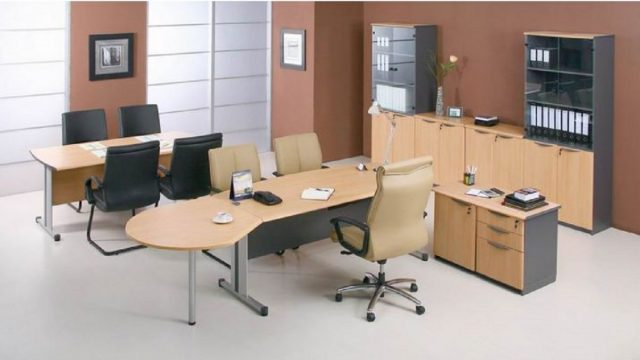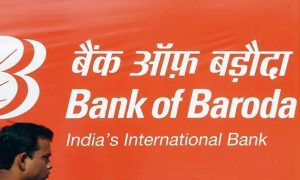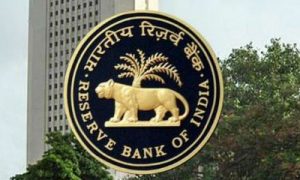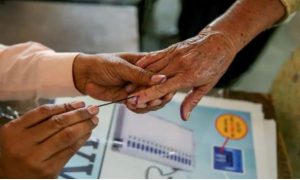Discussions are on for the PLI scheme for moulded furniture and toys
The government is considering a production-linked incentive (PLI) scheme for certain types of furniture and the proposal is at the discussion stage, according to a PTI report. The PLI scheme is aimed at boosting domestic manufacturing and exports, as well as creating jobs.
Discussions are on for the PLI scheme for moulded furniture and toys, said the report. The toy industry has demanded an extension of the scheme for the sector as it would promote local manufacturing and create jobs.
Manu Gupta, promotor of Playgro Toys India, said the government’s initiatives are helping the industry, but a National Toy Policy and Production Linked Incentive scheme would further support the growth of the sector. Talking about the furniture sector, Trade Promotion Council of India Chairman Mohit Singla said there is already established competitiveness in the moulded furniture sector, and the PLI scheme would be a thoughtful step in that direction. “Like we have industrial parks for the pharma sector, a similar move to develop a furniture cluster will give a fillip to the sector,” Singla said, according to the PTI report.
Currently, the total furniture export is estimated at about $400 million per year. Global furniture exports currently stand at $264 billion, and half of the market share is dominated by five countries — China, Germany, Poland, Italy and Vietnam.
The government has already rolled out the scheme with an outlay of about Rs 2 lakh crore for as many as 14 sectors, including automobiles and auto components, white goods, pharma, textiles, advance chemistry cell and speciality steel. Its prime objectives include removing sectoral disabilities, creating economies of scale, enhancing exports, creating a robust component ecosystem and employment generation.
The scheme extends an incentive of 4-6 per cent on net incremental sales (net of taxes) over the base year (FY 2019-20) of goods manufactured in India or net incremental sales of eligible products over the base year or FY 2020-21, whichever is higher, as the case may be and covered under target segments, to eligible companies, for a period of five years subsequent to the base year and gestation period.
During April-August 2022-23, exports registered a growth of 17.12 per cent to $192.59 billion. Imports during the five-month period of this fiscal grew by 45.64 per cent to $317.81 billion.
Trade deficit widened to $125.22 billion in April-August this fiscal as against $53.78 billion in the same period last year. Oil imports in August jumped by 86.44 per cent to $17.6 billion. However, gold imports dipped by 47.54 per cent to $3.51 billion, the data showed.
In August alone, India’s exports contracted by 1.15 per cent to $33 billion in August, for the first time in over 20 months, while the trade deficit more than doubled to $28.68 billion due to increased crude oil imports. According to the preliminary data released by the commerce ministry on Saturday, imports rose by 37 per cent to $61.68 billion in August this year.
Trade deficit in August 2021 stood at $11.71 billion. The previous decline in exports was recorded in November 2020 when the shipments had dipped by 8.74 per cent.



































